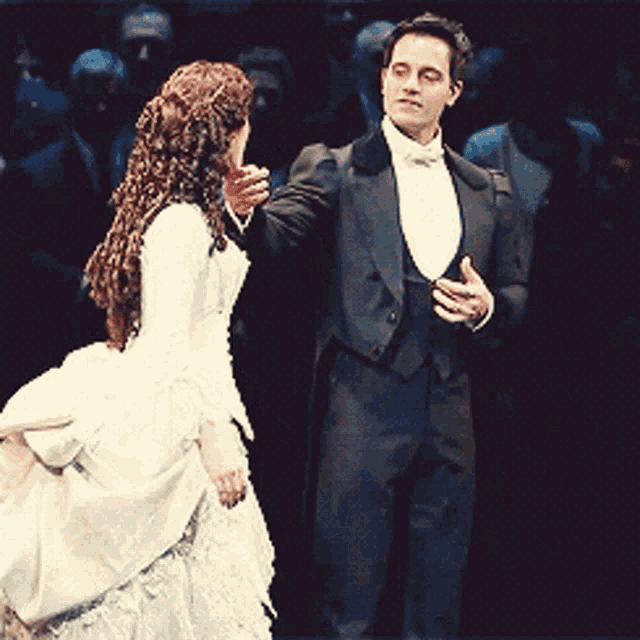
My perspectives on institutional racism within the court system stand distinctive to the differential social structure in which it was punitively designed to serve. Many people are often drawn or called to answer a clearance of social debt. This includes disputes that exhume the need to repair injustices that have occurred and may reoccur due to the social changes that are individually perceived by the latter group. As a result, challenges views relative to the degrees of freedoms many people believe they are entitled to and then compared to others from similar or different backgrounds. This includes race, class, gender, and economic decree.
In the context of Race and Adjudications (Butler, 2017), the author expresses that fundamental fairness is excited through a frequence of relative negotiations that allow for the composition of equal protections to become reflected within the Poole of the latter group. However, it is stated that 95% of court matters are resolved without the cases ever going to trial. The concept that negotiations are better when presented to a latter group (i.e., Jury) during trials is shortened by plea bargains. The reasons seem to be predominantly defined by the presumptions that plea bargains are, in essence, a form of speedy trial. Whereas the latter group is replaced by the actors present during that period.
When people of a specific race are the focus of plea bargaining, it reveals that the reasons for its offering are to inadvertently demonstrate a mens rea and actus reus as part of the corpus of crime. The questioning of evidence is often examined. An appeals process may be offered based on the prescribed conditions that are set. There are no takeaways additives to my perspective. When defendants are offered plea bargains, they often choose to do so because it can shorten the amount of time people may spend in jail or under court supervision. This often leads to developing malingering attitudes that influence community engagement Grossman & Wasyliw (1988). Hasty generalizations are up for debate in the context of prison populations. Every so often, defendants are transferred from place to place to correct the ratio of indifference and perhaps balance out negatively influenced racial perspectives.
In the documentary True Justice, Bryan Stevenson gives his reflections of the expectation of equality relevant to the words that are engraved on the U.S. Supreme Court Building: Equal Rights Under Law. The words Equal Rights Under Law that are etched on the supreme court building, in my opinion, reflects the concepts expressed in some theories of law regarding the application of the Constitution Kelsen,(1937). The Article VI Confederation which states that: The Constitution and the laws of the U.S. which shall be made in the pursuance thereof; and all treaties made, or which shall be made, under the authority of the U.S., Shall be the supreme law of the land; and judges in every State shall be bound thereby, anything in the constitution or laws of any state to the contrary notwithstanding. This article asserts the power of the Supreme Court when it comes to the application of constitutional rights for the people. This includes the clauses of the Fourteenth Amendment, equal protection rights, and the administration of justice without respect to persons and equal rights to the poor and the rich (28 U.S.C. Section 453).
In Stack v. Boyle 342 U.S. 1, the petitioner’s request for a motion to reduce excessive bail was denied. However, the defendants were able to file with the court of appeals, and a writ of certiorari was approved. The court concluded that the amount of bail set was not calculated by the use of proper methods. As a result, the case was resolved and dismissed without prejudice. I believe this is what the author of the article is trying to relay to the public regarding the need to relax bail requirements. This case shows the struggles that people often face in the judicial system and is revealed through the rejection of appeals in one court and the acceptance of appeals in another (i.e., The Supreme Court of Appeals).
Finally, the quote by Stephen Bright (President, South Center for Human Rights) There's a huge difference between law and justice, in my opinion, is reflective of the definitions related to substantive laws and due process. Substantive law and due process are related to the way the laws are applied in respect to aboriginal rights, statutes, common law, and the constitution that, in comparison, are dissimilar to come procedural laws. Substantive due process is a relatively modern doctrine that was developed to defend the rights not mentioned in the constitution and the guarantees that guard against unfairness. The premise is that when these factors are unified, the due process of justice is achieved. This idea gives weight and new meaning to the quote: The layman's constitutional view is that what he likes is constitutional, and that which he doesn't like is unconstitutional. That about measures up the constitutional acumen of the average person-Hugo L. Black, (1926)

References:
Hilliard, J. W. (1996). To Accomplish Fairness and Justice: Substantive Due Process. J. Marshall L. Rev., 30, 95.
Harris, J. (1975). The American Political Science Review, 69(4), 1427-1429. doi:10.2307/1955302
Janzen, H. (1937). Kelsen's Theory of Law. The American Political Science Review, 31(2), 205-226. doi:10.2307/1948132
Burgess, R., & Akers, R. (1966). A Differential Association-Reinforcement Theory of Criminal Behavior. Social Problems, 14(2), 128-147. doi:10.2307/798612
Stack v. Boyle, 342 U.S. 1 (1951). Justia Law. Retrieved: July 24, 2021, https://supreme.justia.com/cases/federal/us/342/1/.

No comments:
Post a Comment